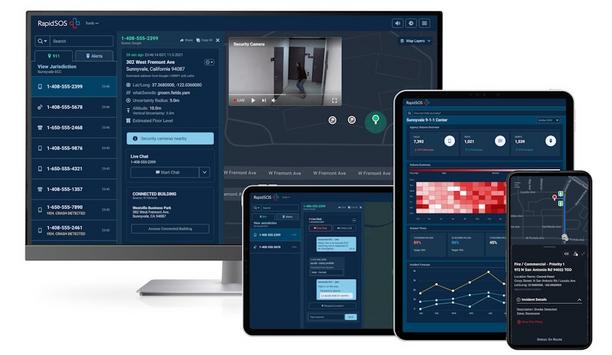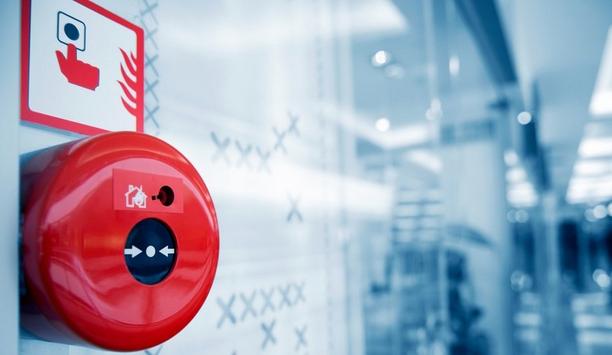The extremely cold winter this year is a reminder of the need for firefighters to be prepared and trained to fight fires in extreme conditions. Extreme environments tend to elevate the hazards of firefighting, which already include trauma, thermal injury, and smoke inhalation. The additional hazards range from minor inconveniences to extreme danger.
One element that increases risk during the depths of winter is the increased incidence of fires caused by the additional use of (possibly hazardous) temporary heating equipment, such as space heaters. In this year’s deadly Texas cold wave, wintry conditions knocked out power to around 4.5 million homes at one point. Power outages, combined with freezing conditions, sent Texans scrambling for home heating alternatives, such as generators and fireplaces, which can present their own fire hazards.
Interactive training opportunities
With cold weather also come additional challenges for firefighters trying to get to the site of a fire, possibly including downed power lines and other infrastructure challenges. Hydrants may be frozen. Training is a key element in preparing to fight fires in extreme conditions, providing opportunities for hands-on experience and to meet with industry peers to share useful information.
The low student-to-instructor ratio for courses allows for repetitive skills applications and solid engagement
For example, the Illinois Fire Service Institute (IFSI) Winter Fire School, held in January, provides first-class, interactive training opportunities for all skill levels. Participants can choose from hands-on and/or classroom training programs that meet individual professional needs. The low student-to-instructor ratio for courses allows for repetitive skills applications and solid engagement with a dynamic and knowledgeable instructor team.
Creating slippery hazards
When it comes to keeping firefighters safe in extreme environments, here are some elements to consider:
- Beware of the hazards to firefighters of rapid cycling from working in the extremes of hot and cold.
- Be aware that the need for extra insulation in clothing layers can impair mobility.
- Look out for frozen water on hard surfaces that creates slippery hazards. Icing on ladder rungs, especially, can become slick and dangerous, as can the surfaces used to stabilize ladder positioning.
- Remain vigilant lest breathing apparatus becomes obstructed by freezing moisture.
- Adjust duration of work to offset the additional stresses. Firefighters will need to reduce their working time during inclement weather, which impacts scheduling.
- Be aware that body temperatures and condition are a concern when working in extreme heat or cold, including hyperthermia, hypothermia, frostbite, dehydration, etc.
Impacting extreme temperatures
Ensuring that infrastructure and equipment is made ready is also helpful when preparing to fight fires in colder temperatures, including
- Installation of in-floor heating systems in apparatus bays or other areas, or adding an extra bay equipped to rinse salt from apparatus.
- Addressing possible damage of salting to apparatus, concrete and building surfaces.
- Ensuring additional needed maintenance of valves, hoses and appliances to ensure they are cold weather-ready. Freezing water can render some equipment inoperable.
- Be aware that snow creates greater loads and strains on a firehouse roof.
- Keep in mind that, during extreme cold, water must continue to flow through hose lines to avoid freezing.
- Consider the impact extreme temperatures can have on mechanical components such as hydraulic lines, steering components and drive trains.
The pending arrival of spring provides relief from the additional hazards of fighting fires in cold temperatures but should not provide leeway not to prepare for next year. Departments should think ahead and prepare for the challenges of firefighting in whatever environmental conditions may present themselves. Lives may depend on it.







































